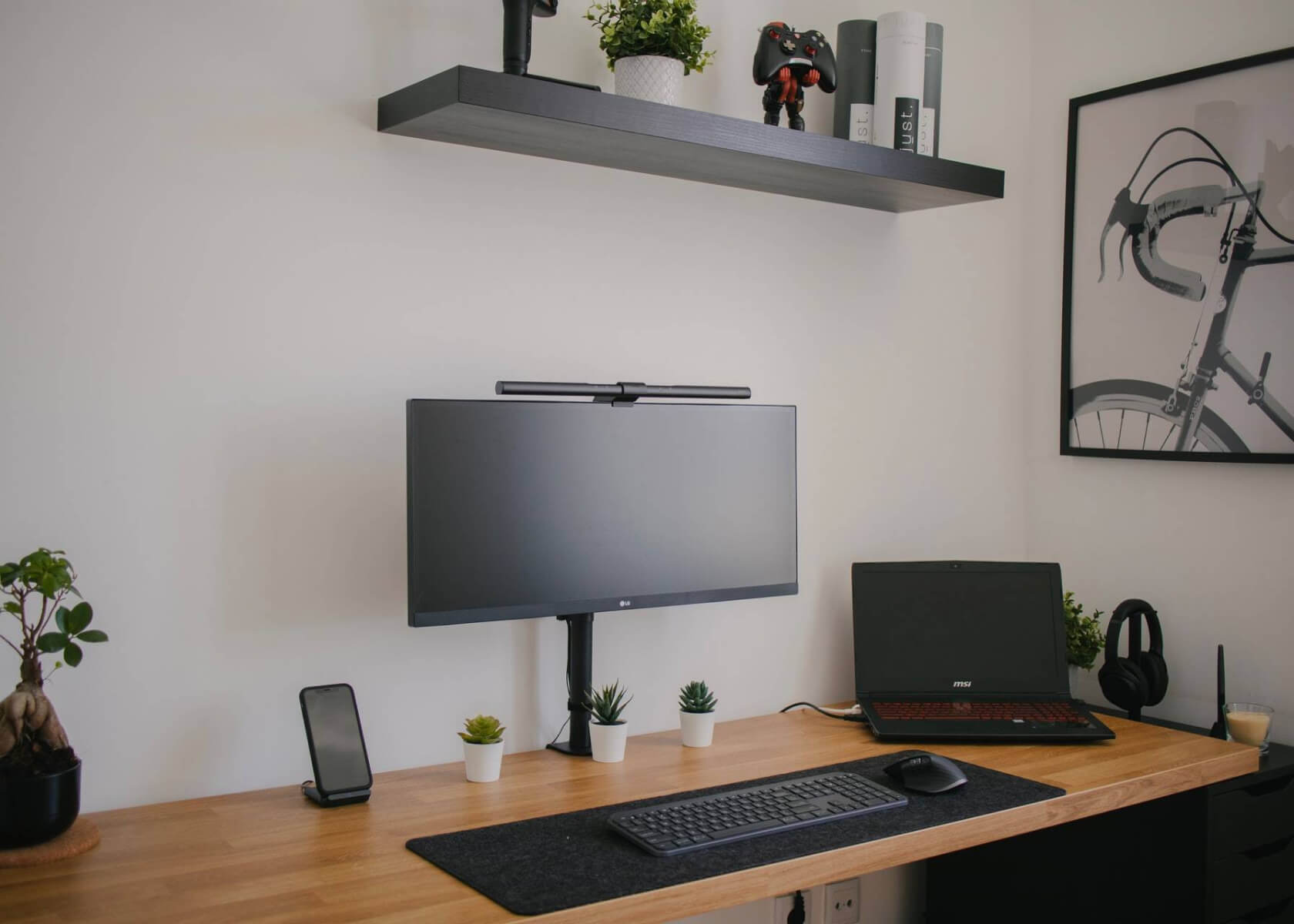Design and Manage a Resume or Professional Portfolio in Notion: Expert Guide

New to Notion?
How to Design and Manage a Resume or Professional Portfolio within Notion
Notion, a powerful all-in-one productivity tool, is gaining popularity for its versatility in organizing various aspects of your professional and personal life. One area where Notion excels is in designing and managing resumes or professional portfolios. With its flexible platform, you can create visually appealing and fully customizable documents to showcase your skills, experiences, and achievements. In this article, we explore current best practices and Notion features that will help you build a standout resume or portfolio.
Designing Your Resume or Professional Portfolio
When designing your resume or portfolio in Notion, consider these tips to ensure a clean, professional, and engaging document:
Choose a Clean, Professional Template
Notion offers a range of pre-designed templates to jump-start your project. Select one that matches the overall look and feel you want to present.Organize Your Content
Break your document into clear sections, such as "Education," "Experience," "Skills," and "Projects." Use subheadings to define each section and maintain consistency throughout.Highlight Key Information
Emphasize important details like job titles, achievements, or certifications by using bold text, color accents, or icons. This helps your reader quickly spot essential information.Incorporate Visuals
Enhance your document by adding visual elements such as logos, images, or charts. For example, include your company’s logo in the experience section or display project screenshots to visually communicate your work.Add Links and Buttons
Strategically add hyperlinks or buttons to direct viewers to your LinkedIn profile, online projects, or even a downloadable PDF version of your resume. This interactivity makes it easier for potential employers or clients to learn more about you.Experiment with Layouts
Take full advantage of Notion’s flexible column configurations and block system to create a layout that aligns with your style. Experiment until you find one that best represents your professional identity.Maintain Consistency
Use consistent fonts, colors, and formatting throughout your document. Consistency gives your resume or portfolio a cohesive, professional appearance.Utilize Icons
Adding icons not only improves the visual appeal of your document but also enhances readability. Notion includes a built-in library of icons, which can be used to complement headings or bullet points.
Managing Your Resume or Professional Portfolio
Notion’s robust organization features make it easy to update and manage your resume or portfolio over time. Consider these best practices for ongoing management:
Create a Database
Develop a database within Notion to hold all relevant information, from education and experience to skills and projects. This method allows you to update your content in one central location and easily reference it in your document.Utilize Linked Databases
Linked databases enable relationships between sections. For example, updating a job title in your main database will automatically refresh the information across all sections where that data is referenced.Add Metadata and Filters
Enrich your entries with metadata such as tags, dates, or categories. Use Notion’s filtering and sorting functionalities to arrange your content, whether that’s by technology stack for projects or chronologically for work experience. More on this functionality can further refine your document structure.Keep an Updated Master Version
Maintain a master version of your resume or portfolio on a dedicated Notion page. When updates are needed, edit the master copy and then duplicate it for sharing. This ensures that you always have the most current and polished version on hand.Export and Share Your Documents
Notion allows you to export your resume or portfolio as a PDF, Markdown, or HTML file, or you can share a public link directly. Choose the format that best suits your needs when applying or sharing with potential employers and clients.Monitor Engagement
While Notion doesn’t offer built-in advanced analytics, you can use the commenting feature or third-party integrations to gauge engagement. This feedback can help you refine your document to better capture the attention of viewers.
By following these updated tips and leveraging Notion's versatile features, you can design and manage an impressive resume or professional portfolio that effectively highlights your qualifications. Notion’s customization options let you tailor your document to reflect your unique professional journey, ensuring that you stand out in today’s competitive job market or professional environment.


